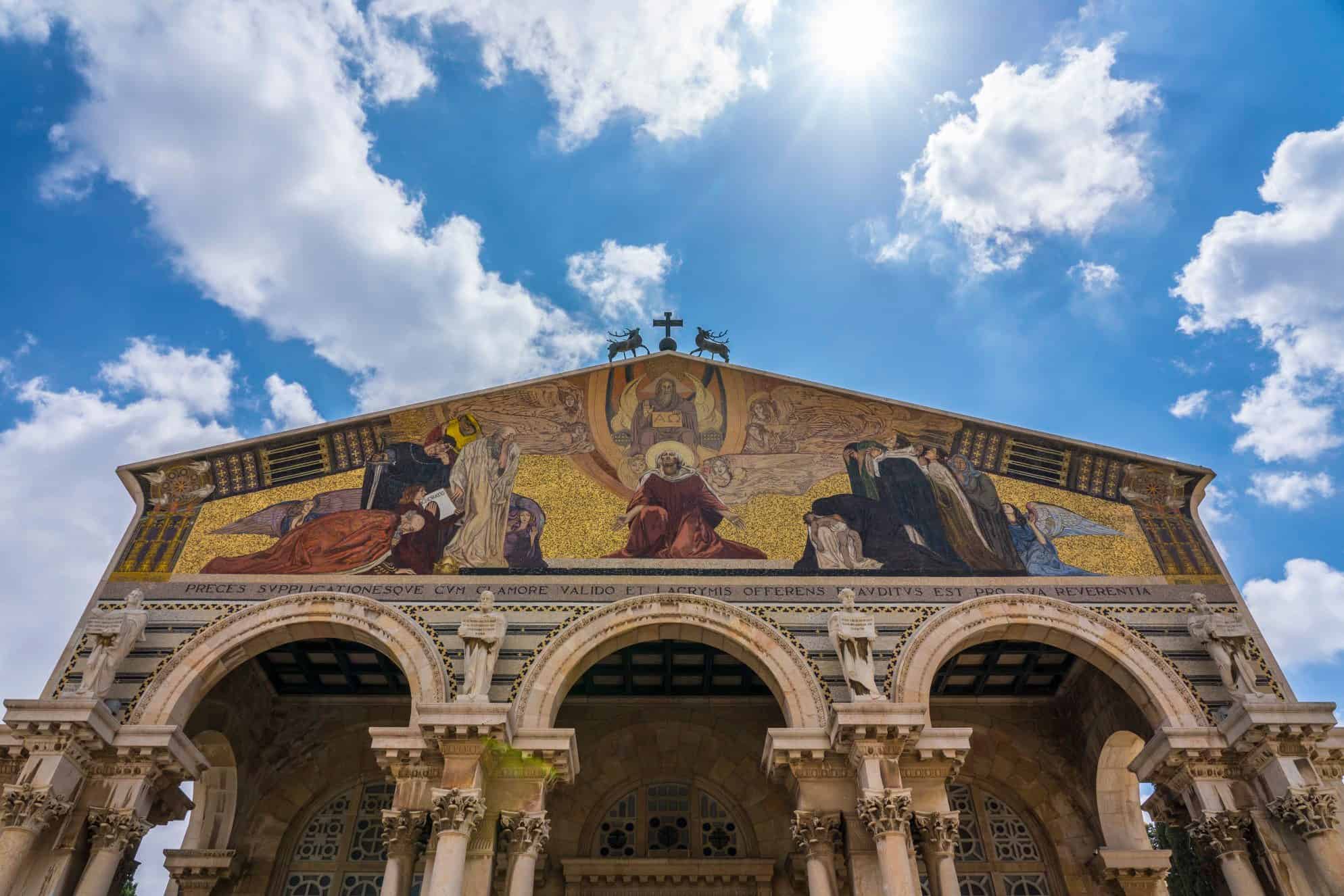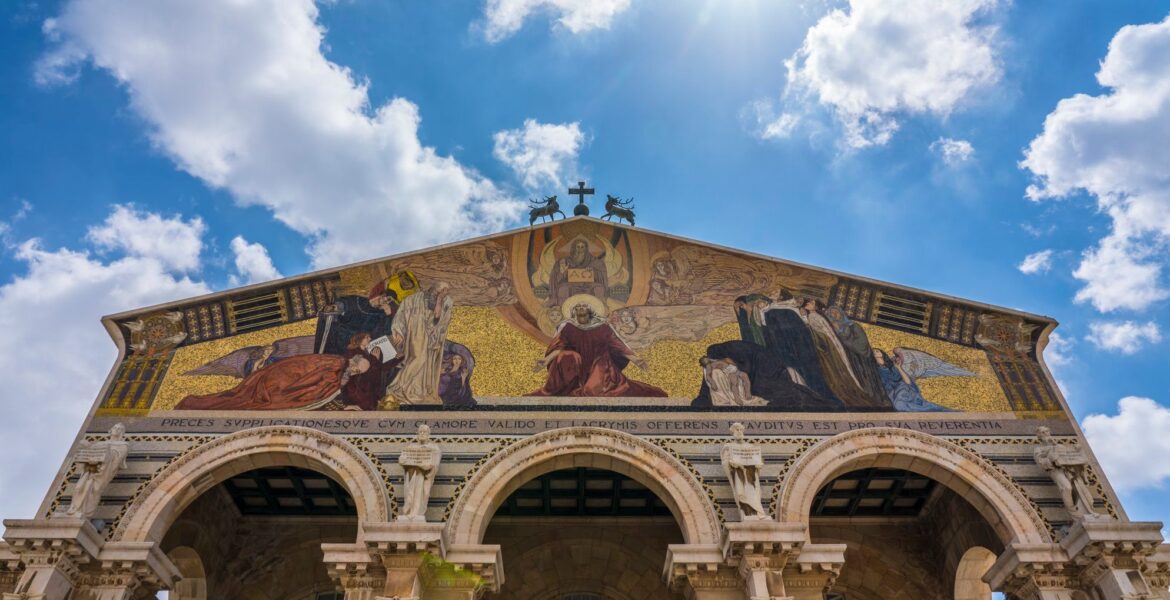Archaeologists in Jerusalem have uncovered the remains of a long-lost Byzantine church and the foundations of a 2,000-year-old Jewish ritual bath not far from an area believed to have been the site of the Last Supper.

YouTube/"The Watchman"
The church, known as Church of the Agony or the Church of All Nations, was built on the spot where Judas is thought to have betrayed Jesus with a famous kiss before handing him off to Roman soldiers.

The Church of Gethsemane (also known as the Church of the Agony or Church of All Nations), located at the foot of the famous Mount of Olives, is one of Christianity's most important churches and is visited by thousands of pilgrims every year.
The amazing church built-in 1919–1924 on the site where the Second Temple-period events believed to have occurred, and it is a prominent sight from the Old City. When the building's foundations were laid, remains of churches from the Byzantine and Crusader periods were unearthed.
While digging the new visitors' tunnel, a few meters away from the modern church, workers were surprised to discover an underground cavity, which was identified as a Second Temple-period ritual bath.
The excavation also unearthed remains of a previously unknown church founded at the Byzantine period (6th century CE) and continued to be used during the Umayyad period (8th century CE). The church ornamented with finely carved stone elements that testify to its importance.
According to archaeologists David Yeger and Amit Re 'em from the Israel Antiquities Authority, the church commemorates one of the many events attributed to the place in the New Testament.
Greek inscriptions found incorporated in the church floor and deciphered by Dr. Leah Di Segni from the Hebrew University of Jerusalem and Dr. Rosario Pierri of the Franciscan Institute read, "saying “for the memory and repose of the lovers of Christ God who have received the sacrifice of Abraham, accept the offering of your servants and give them remission of sins. Amen”.
According to the New Testament, Gethsemane, from the Hebrew 'gat shemanim' (oil press), is the site where Jesus was betrayed by one of his disciples and arrested by the Romans.


